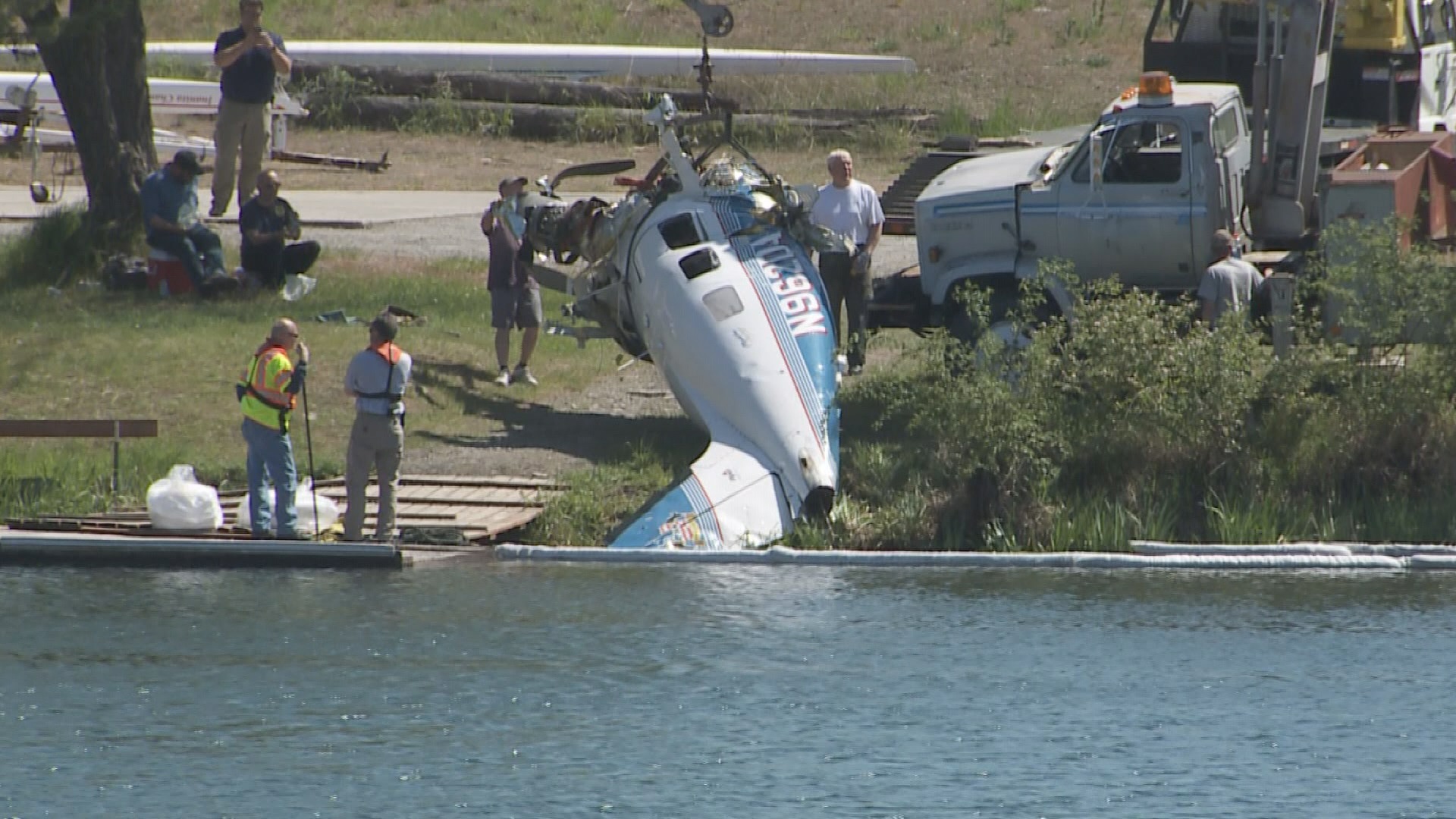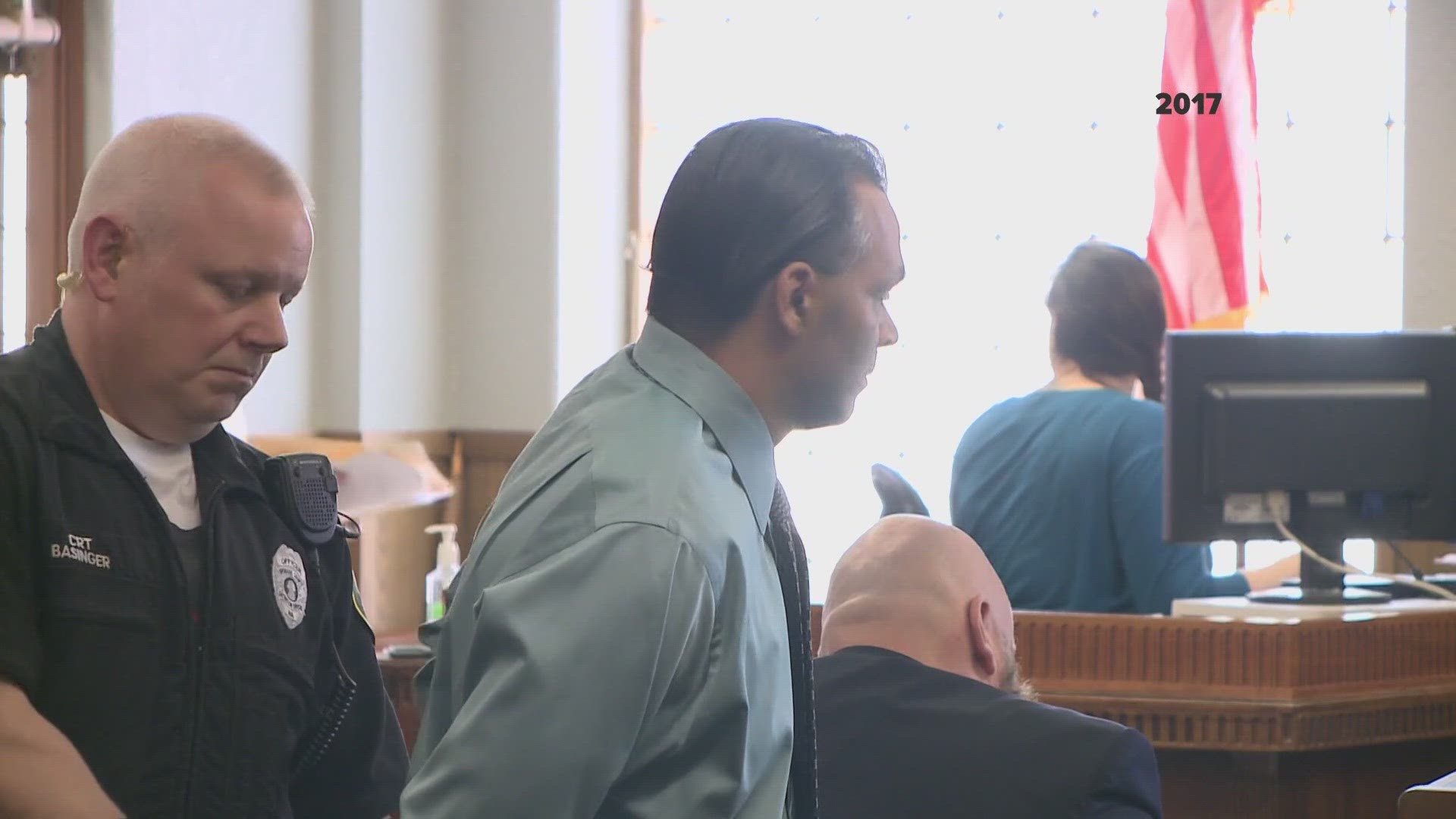A report from the National Transportation Safety Board found the cause of a plane crash in the Spokane River last year.
Two men died when the plane they were flying crash landed into the Spokane River on May 8, 2015 around 4:05 p.m.
Spokane Co. deputy medical investigator, Jim Uttke, identified the two men as Lyndon Amestoy and Richard Runyon at the time.
The NTSB report does not name the two men, though it explains the pilot-in-command had more the 5,800 hours of total flight time and was a retired Air Force Lieutenant Colonel. The other man in the plane held a private pilot certificate, but was not the pilot-in-command.
According to the NTSB report, post-accident examination of the plane found that the aileron balance and drive cables in the right wing had been misrouted and interchanged. The aileron is a hinged surface in the trailing edge of an airplane wing, used to control lateral balance.
The report said both the left and right ailerons would have deflected in the same direction rather than differentially.
“Therefore, once airborne, the pilot was effectively operating with minimal and most likely unpredictable lateral control,” according to the report. “Which would have been exacerbated by wind gusts and propeller torque and airflow effects.”
On the landing approach, the single-engine airplane rolled right and crashed into the river.
The NTSB report explains that the installing mechanic did not notice the error, nor did another mechanic. The pilot did a pre-flight check of primary flight controls, but it was done from within the cockpit.
“The pilot should have been able to recognize that the ailerons were not operating differentially,” wrote NTSB officials.
The report goes on to say the airplane’s owner was scheduled to fly in to pick up the plane the following morning and the accident pilot – who was an engineer at the company and typically flew post-maintenance flights - was helping to return the plane to service.
"It is likely the mechanic and pilot felt some pressure to be finished that day so the owner could depart in the morning and the pilot could attend his appointment," wrote investigators.


